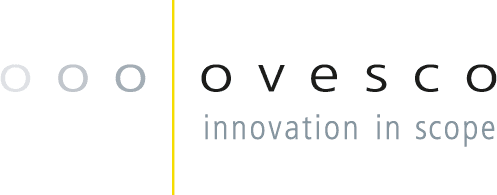ESD+ technique could improve duration and technical feasibility of ESD
AWC®: ESD+ technique for the resection of 4-cm recurrent rectal intramucosal adenocarcinoma led to good overview, ensured safety and saved time
For the ESD+ procedure an AWC was mounted on a standard gastroscope, and a rescue forceps was introduced through the AWC to mobilize the flap which arose from incision and partial dissection of the lesion. This procedure helped to get a satisfactory exposure of the submucosal layer.
F. Azzolini et al., Department of Experimental Oncology, Vita-Salute San Raffaele University, Milan, Italy, reported on a case of recurrent non-polypoid rectal lesion in a 72-year-old male patient. The patient had undergone endoscopic submucosal dissection (ESD) of a mixed-type laterally spreading rectal tumor 7 cm of size, which was classified histologically as intramucosal adenocarcinoma. The lesion detected on the resection scar during follow-up was 4 cm in size. For eradication of the recurrent lesion, it was decided to perform the ESD+ technique, a novel technique using the external additional working channel (AWC).
The AWC was mounted on a standard gastroscope for the procedure. Saline solution mixed with indigo carmine and adrenaline was used as lifting fluid. Incision and partial dissection was performed with a Hybrid-Knife I-Type dissector (Erbe). Then, a rescue forceps was introduced via the AWC to mobilize the lesion flap and complete the dissection. The work with the forceps through the additional channel led to a satisfactory exposure of the submucosal layer, ensuring safety and saving time. The dissection was completed without complications.
The authors concluded that from their experience the additional working channel AWC is a low cost and safe device; its use could improve the duration and technical feasibility of endoscopic submucosal dissection of even quite large lesions without the need for a double-channel endoscope.
Novel approach to endoscopic submucosal dissection using an additional working channel: a case report
Azzolini F, Mandarino FV, Barchi A, Biamonte P, Napolitano M, Esposito D, Danese S.
Endoscopy (2022)
DOI: 10.1055/a-1732-7113

|
 |


 Deutsch
Deutsch  Français
Français 